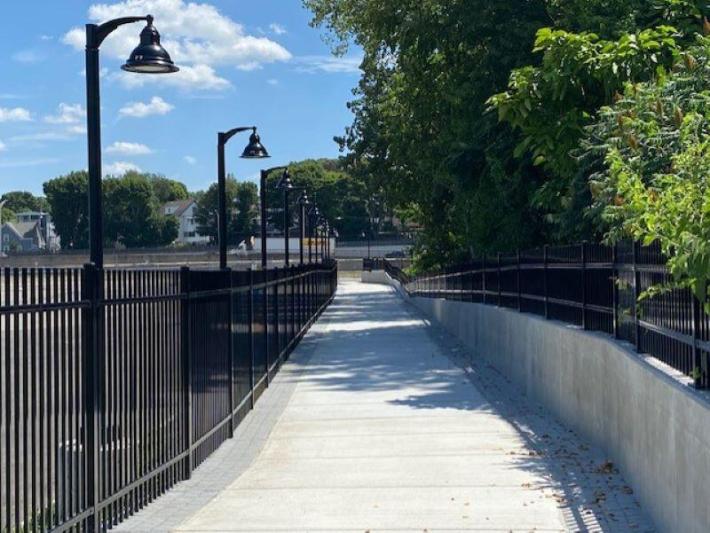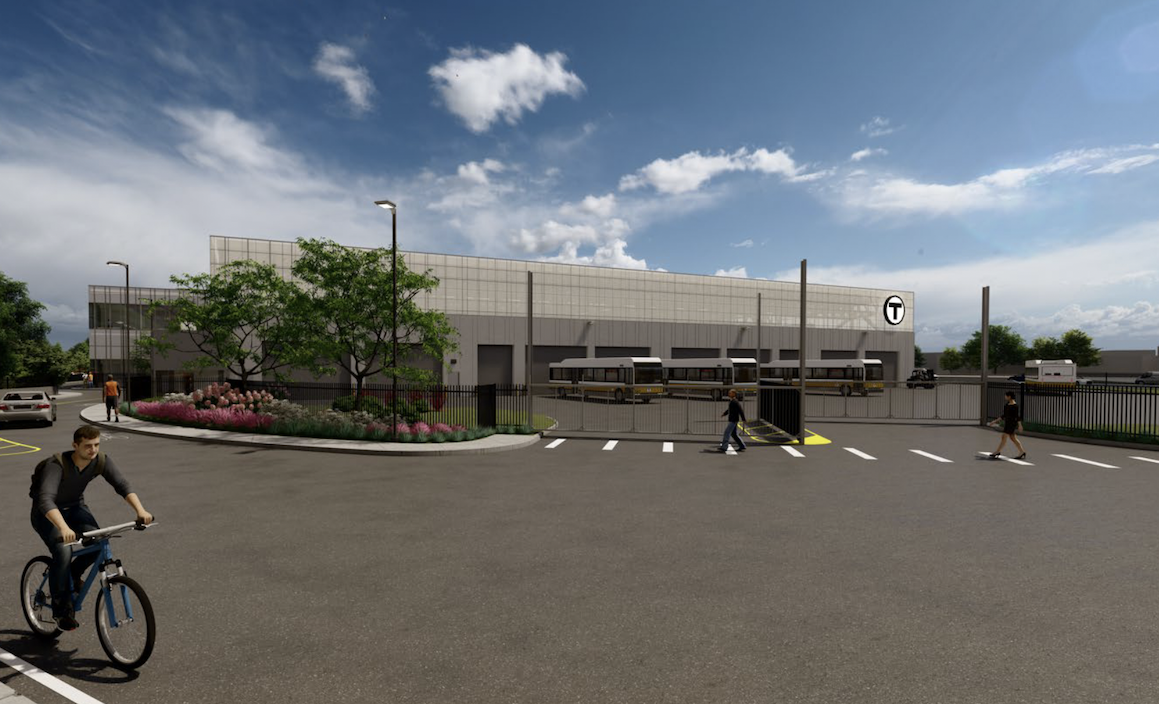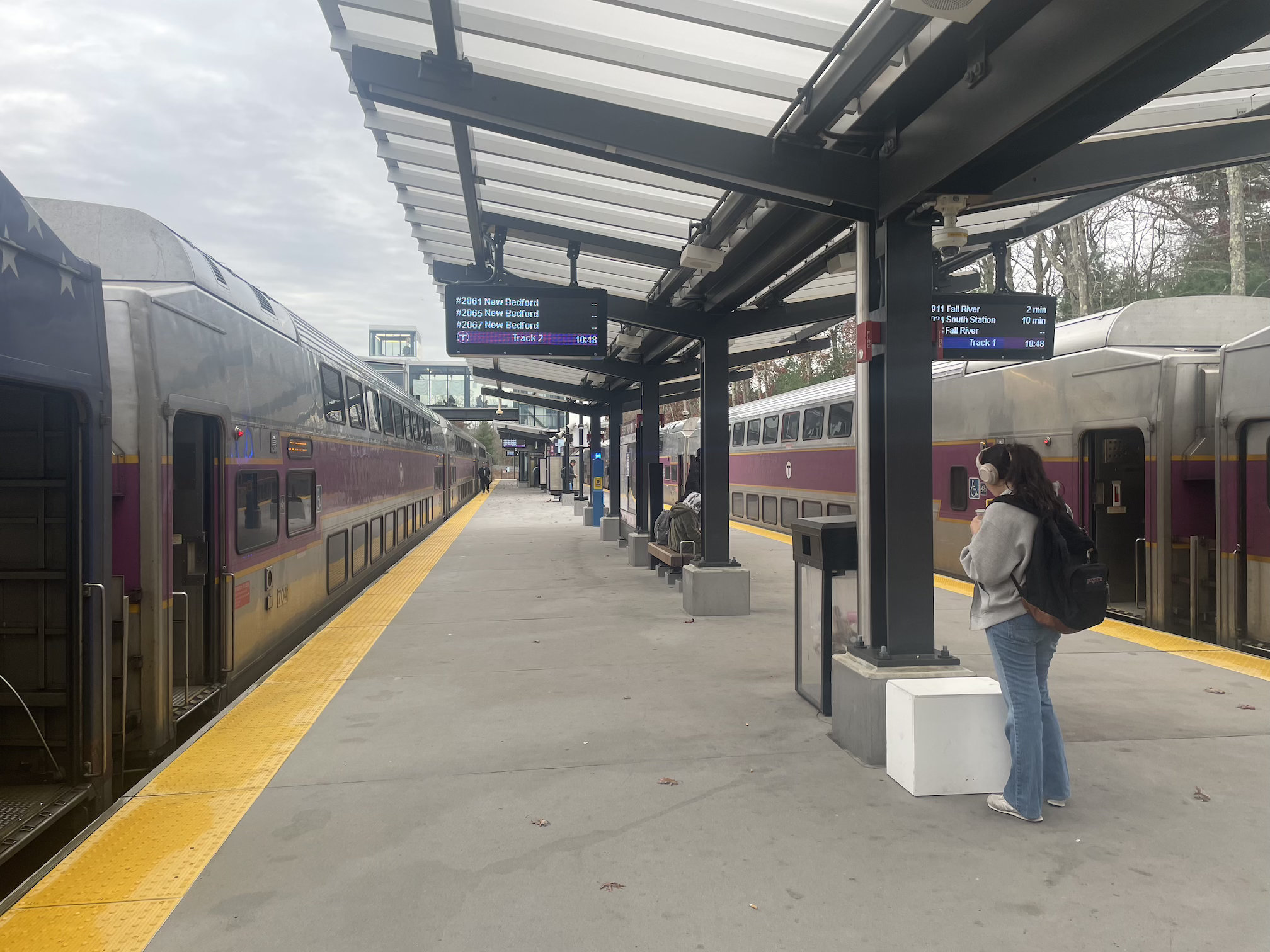More than 8 months after a ceremonial "groundbreaking" where prominent elected officials planted shovels in a pile of dirt for a photo opportunity, actual construction work on the MBTA's proposed new bus garage in Quincy – a key infrastructure project in its ambitions to electrify and expand its bus fleet – is still yet to get underway.
Earlier this year, the T had projected a 2024 opening for the new Quincy garage. But this spring, after construction bids came in significantly over the T's budget, the agency had to pause the project and re-think its approach.
Now, the T has issued a new "request for qualifications" for construction firms that can tweak the project's design, control costs, and get the new garage open before the end of 2025.
Instead of taking bids on the fully-designed bus garage that the T had conceptualized earlier this year, the T is now seeking bids through a more flexible "construction management at risk" process.
The new approach "allows the MBTA to bring the construction manager on board during pre-construction, and work with the owner and the designer to create more accurate schedules and cost estimates," MBTA spokesperson Joe Pesaturo told StreetsblogMASS in an email message last week. "The CMAR approach will enable MBTA to work with the contractor and consultants closely to track, monitor, and preserve the overarching project scope and budget that’s aligned with the current market conditions. This delivery method and collaboration will help the authority in meeting the program objectives and goal."
The T's projected construction budget for the project remains $280 million, which doesn't include another $122 million in budgeted "soft costs" related to project design, permitting, site work, and land acquisition.
$280 million is the same price that the T had hoped to spend earlier this year, when construction bids came in as high as $360 million.
Since then, the T has scaled back some non-essential aspects of the new facility's design in an effort to cut costs.
Among the changes are "the elimination of the (garage's) third floor, which was unrelated to the bus facility program and intended for other MBTA office needs," according to Pesaturo.
The T has also been able to get some work done to prepare the site for the future construction project.
In May, workers demolished the abandoned Lowe's store on the site, and over the summer, the T built a short shared-use pathway along the southern edge of the site to give residential neighborhoods in South Quincy a safer and more direct walking and biking route to the Quincy Adams Red Line station:

The T is building the new Quincy bus garage to replace an existing 90-year-old garage on the other side of the city, and to provide a modest expansion in the T's garage capacity to support the T's bus service expansion plans. While the current Quincy garage has room for 86 vehicles, the new facility would store up to 120 buses.
The Quincy garage is also a critical element of the T's bus electrification plans, since new battery-electric buses will require specialized higher-voltage charging equipment.
The T has set an internal goal to electrify half of its bus fleet with roughly 600 battery-powered buses by 2030. To meet that target, the T will need to finish the new Quincy garage and replace or renovate four other garages, including a new 200-bus facility at the Arborway, in the next 8 years.






